
Sebastian Schrader useless light
Berlin 29 Apr – 10 Jul 2021
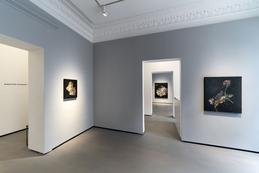
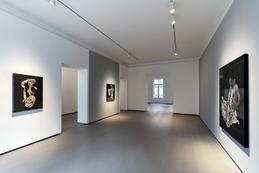
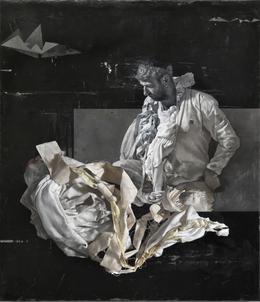
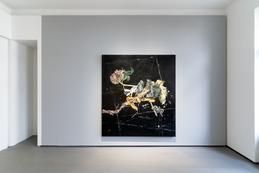
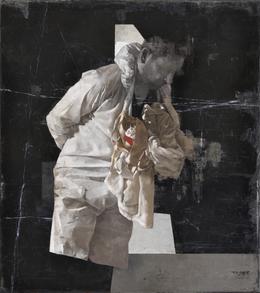
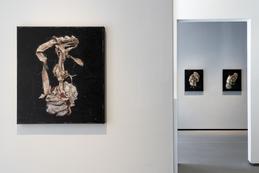
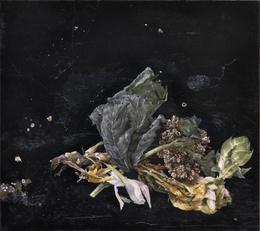
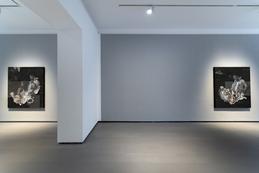
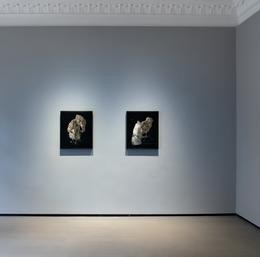
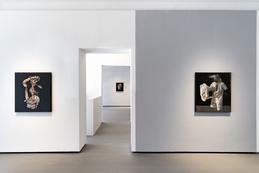
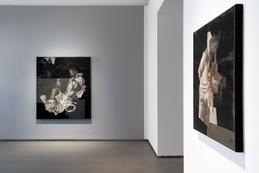
Questions of the real versus reality remain as polemical as they have ever been in art history and artistic realism. Sebastian Schrader is a painter who practices heightened forms of visual realism, while what is represented as his pictorial realisation (“that which makes us fully aware of a thing and its accomplishment”) is pursuant of an inner authenticity as to what he contends is “real”. The distinction between reality and the “real” is an important denominator within our modern consciousness. If reality is the state of things as immediate appearance, the denotative (indicative sign), the real as a “thing in the world” is a true and actual and thereby connotative—suggestive of ideas or feelings in addition to the denotative function and its visual meaning. In philosophy and psychology the “real” is an authentic, unchangeable truth, the noumenal as distinct from prevailing contingencies of immediate sense perception set by the material world. In visual art this is considered the central premise that grounds artistic and aesthetical life.
This is not to intimate spiritually motivated intentions to Schrader’s untitled black ground flower still life (“nature morte”) series of paintings. While the artist is fully aware of traditional ideas and connotations of momento mori and dark ground paintings common to the genre innovations of the Baroque Age, in this case there is no reference beyond that of the generic to particular historical works intended. In fact the artist would argue in principle that a painting is first of all a picture and nothing more. Yet the fact that these paintings have been painted through the last year of the COVID pandemic is, ironically, at least, something not lost on the artist. If not directly memorial they are nonetheless paintings that reveal a meticulous and metaphorical sense of heightened visual magnification and close optical scrutiny. And the fact that the paintings represent the desiccated fragments of former life (dry dead flowers) and lay upon a black tiled slab-like surface only enhances such intuitive questions of morbidity. When we consider his works of heavily draped, swathed or garbed masked figures (from 2019 and continued to date), we might also imagine them in retrospect to be prescient of recent similitude, the encumbered figures and visuals seen in the lockdowns and hospitalised medical situations seen daily in present times. Coincidentally, and notwithstanding the beautifully executed and scrutinised whites of the draperies, the swaddling and strapping (bandages), and the variously posed use of fabrics, the artist again problematizes for the viewer the dangers of over reading a pre-determinant meaning to his subject matter. At times there is a fragmented photomontage aspect to many of these paintings that breaks through the limited subject matter and asserts a painting to photograph polemic of visual reversal.
In the lockdowns of 2020, it is clear Schrader gravitated towards personal re-investigations of various historical genre expressed in his still life paintings and latterly occasioned small scale portraiture. While based on photography the portraits are of deceased artist celebrities. We might think of Gerhard Richter’s standardised earlier Venice portrait series of 1972, similarly, rather than stressing specific psychological insight, the artist has focused on the photographs in respect of the sitters seeming iconic sense of self-presentation or staged personae. Whence this returns us to where we began as to the core distinction between reality and the real. For in this mediated age of faux celebrity and fake news, reality has all but swamped the real. Iconic presentation as identity means reality is actuality simply as it exists, a form of assimilative perception. We take from these images with their striated and painterly abraded surfaces the portraits that now exist in our own psychical projection, self-generated constituent fragments of recognition shaped within the opaque memories of our own faulty consciousness.
© Mark Gisbourne, 2021
This is not to intimate spiritually motivated intentions to Schrader’s untitled black ground flower still life (“nature morte”) series of paintings. While the artist is fully aware of traditional ideas and connotations of momento mori and dark ground paintings common to the genre innovations of the Baroque Age, in this case there is no reference beyond that of the generic to particular historical works intended. In fact the artist would argue in principle that a painting is first of all a picture and nothing more. Yet the fact that these paintings have been painted through the last year of the COVID pandemic is, ironically, at least, something not lost on the artist. If not directly memorial they are nonetheless paintings that reveal a meticulous and metaphorical sense of heightened visual magnification and close optical scrutiny. And the fact that the paintings represent the desiccated fragments of former life (dry dead flowers) and lay upon a black tiled slab-like surface only enhances such intuitive questions of morbidity. When we consider his works of heavily draped, swathed or garbed masked figures (from 2019 and continued to date), we might also imagine them in retrospect to be prescient of recent similitude, the encumbered figures and visuals seen in the lockdowns and hospitalised medical situations seen daily in present times. Coincidentally, and notwithstanding the beautifully executed and scrutinised whites of the draperies, the swaddling and strapping (bandages), and the variously posed use of fabrics, the artist again problematizes for the viewer the dangers of over reading a pre-determinant meaning to his subject matter. At times there is a fragmented photomontage aspect to many of these paintings that breaks through the limited subject matter and asserts a painting to photograph polemic of visual reversal.
In the lockdowns of 2020, it is clear Schrader gravitated towards personal re-investigations of various historical genre expressed in his still life paintings and latterly occasioned small scale portraiture. While based on photography the portraits are of deceased artist celebrities. We might think of Gerhard Richter’s standardised earlier Venice portrait series of 1972, similarly, rather than stressing specific psychological insight, the artist has focused on the photographs in respect of the sitters seeming iconic sense of self-presentation or staged personae. Whence this returns us to where we began as to the core distinction between reality and the real. For in this mediated age of faux celebrity and fake news, reality has all but swamped the real. Iconic presentation as identity means reality is actuality simply as it exists, a form of assimilative perception. We take from these images with their striated and painterly abraded surfaces the portraits that now exist in our own psychical projection, self-generated constituent fragments of recognition shaped within the opaque memories of our own faulty consciousness.
© Mark Gisbourne, 2021
Artists